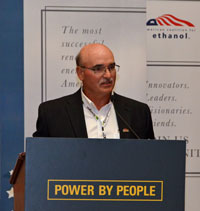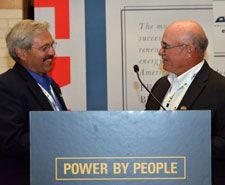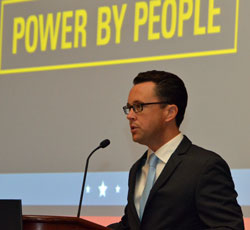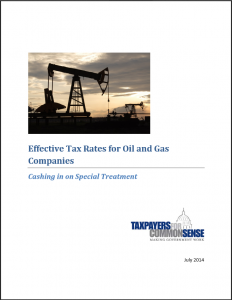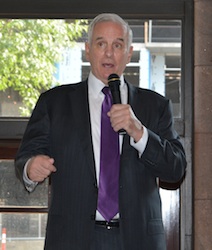 All politics is local, and how some local and regional elections this year could help determine the fate of biodiesel and ethanol for a much larger area. Case in point, this article from the St. Cloud (MN) Times looks at how the four Republicans vying for their party’s nomination to take on current Democratic Gov. Mark Dayton in November have differing views on biofuels as they go into the August 12 Republican primary in that state.
All politics is local, and how some local and regional elections this year could help determine the fate of biodiesel and ethanol for a much larger area. Case in point, this article from the St. Cloud (MN) Times looks at how the four Republicans vying for their party’s nomination to take on current Democratic Gov. Mark Dayton in November have differing views on biofuels as they go into the August 12 Republican primary in that state.
A Marshall resident and former state representative, [Marty] Siefert said the state has created thousands of jobs, and the state should not change the requirement that gasoline include 10 percent ethanol.
“I see this as the status quo for now,” he said, not jumping on a bandwagon to increase ethanol percentages.
For diesel, Seifert said, he can understand concerns about biodiesel gumming up fuel filters in cold weather. “Biodiesel mandates are not going to go up if I’m governor.”
Raised on a North Dakota farm and now a Maple Grove resident, [Kurt] Zellers said he wants to look into increasing the ethanol mandate to 15 percent but needs more information before fully supporting it.
At minimum, he said, he wants to keep existing mandates in place.
[Jeff] Johnson, who grew up in Detroit Lakes and lives in Plymouth, said he favors eliminating mandates from state law, including those affecting biofuels.However, he added, he has been around government enough to know that the mandates cannot be eliminated right away.
“Government has created somewhat of a dependency,” Johnson said, adding that eliminating biofuel mandates is not a priority and that he would like to phase them out.
There is none of that waiting for [Orono businessman Scott] Honour.
“I would try to push away from mandates as quickly as possible,” Honour said. “My view is that the less government is trying to influence a free market, the better.”
So there you have it Minnesotans. Choose wisely when you go to the polls on August 12.





